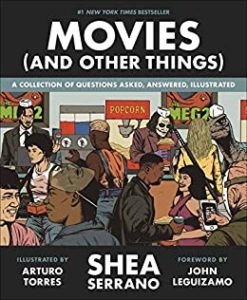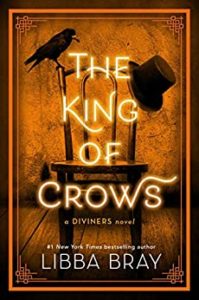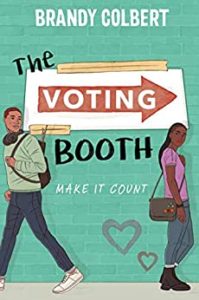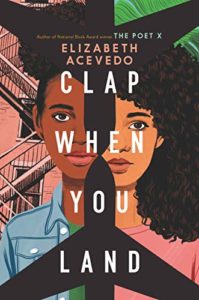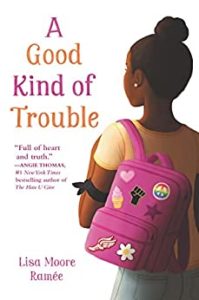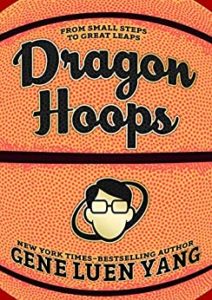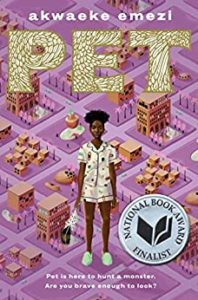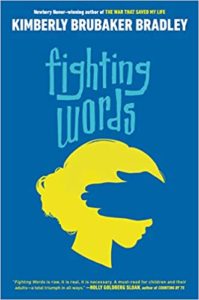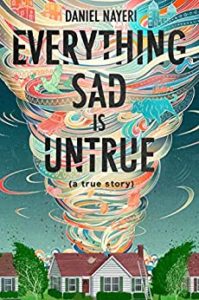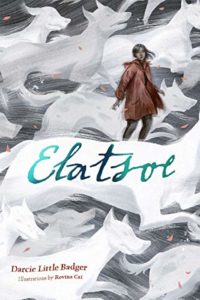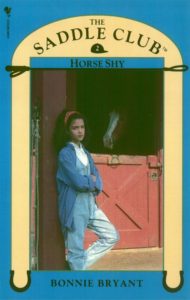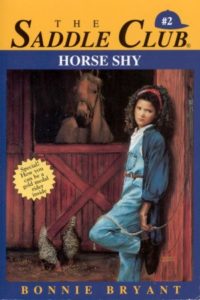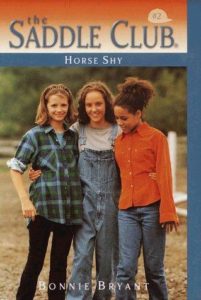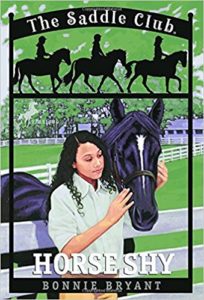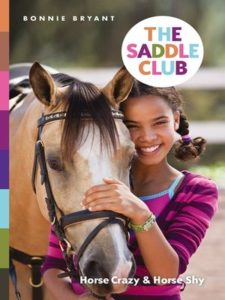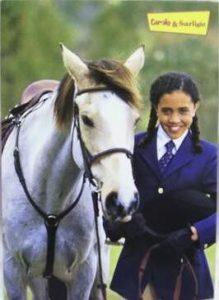There’s a strong possibility that this will be the most controversial thing I have ever posted on the internet.
I’ve been blogging in some form or another since the late ’90s. In my youth, I wasn’t above getting into angry political fights in comment sections. I had an active Facebook account during the 2004 primaries and went to a college known for having one major, campus-wide controversy each semester.
And yet, here we are.
I am going to sort the Hamilton characters into Hogwarts houses.
This is a dicey proposition for multiple reasons. For one, this podcast and its listeners exist in a larger internet social group of book people that sorts characters for fun pretty regularly. For another, Hamilton creator Lin-Manuel Miranda, King Nerd of the Nerds, certainly has capital-I-Ideas about what houses these characters should be in, even if he won’t share them with the public. And, of course, sorting in and of itself is based on so many subjective qualities that any answer given for any character can be disputed with an alternate interpretation of the text.
Let’s visit the larger issues with sorting for a moment, along with some issues particular to this case:
1) Age – In Harry Potter, characters are sorted into their houses at eleven years old. There’s a lot to be said about the things about your personality that are steadfast and unchanging, but let’s be real–no one is the same person they were at eleven. When I was eleven, my social anxiety/shyness led me to believe I was the world’s biggest introvert who never wanted to be around people, despite spending all my spare time either hanging out with my local friends or chatting on the internet with my far away friends. I clung to that identity–the broody loner who wasn’t like other girls–very strongly. I imagined my whole future based on those assumptions about myself. AS IT TURNS OUT, I’m a chatty type-a leader who needs human contact to get through the day. Surprise!
Which is all to say, unless we’re sorting middle grade characters or characters whose journey we’ve followed for quite a while, we’re already using a different set of characteristics to sort than the hat would be if these characters actually found themselves at Hogwarts. In this case, though we get a little background about Alexander Hamilton’s youth in the opening number of the musical, we’re mostly working with men and women in their early twenties through late forties. Who knows if the Alexander at eleven would have been sorted the same way as Alexander at twenty-two?
2) Good/Evil Dichotomy – There is a tendency, in people who don’t spend as much time thinking about this as you, reader who’s already made it this far, for Gryffindor to be equated with good guy, Syltherin to be equated with bad guy, Ravenclaw to be equated with nerd, and Hufflepuff to be equated with cheerful idiot. All of this is, of course, incorrect. I know it. You know it. Whether JK Rowling knows it is up for debate, but the point is that all of the Hogwarts House traits are admirable in their own way and all of the houses have their flaws. It’s important to look past that when sorting, but many non-fannish types, major media outlets doing this for kicks, and casual fans can’t seem to do that. Your protagonist isn’t always a Gryffindor. Your antagonist isn’t always a Slytherin.
3) Interpretation – As I mentioned above, the defining traits of the Hogwarts houses are all present in all of us to some degree or another. No fully developed character is a cardboard cutout that is only ambitious or only loyal, with no other personal motivations. This means that interpretations of what a character’s strongest trait is are very objective. You can probably find evidence in the text to argue one way or another about many of the houses and you wouldn’t necessarily be wrong; it all comes down to what particular things about that character you value above the rest.
4) Personal Preference – Sometimes we want our faves–or at least the characters we over-identify with–to be in our house. Simple as that.
And, specific to this sorting:
5) Historical vs. Literary – Lin-Manuel took a lot of liberties with timelines, events, and characters in order to turn Hamilton’s life into a condensed, three hour biography with a coherent narrative. Some bits of characters/historical figures’ personalities suffered from that. For instance–Margarita Schuyler was, by all accounts, kind of a badass in real life. In the musical, she takes a decidedly more timid role. John Laurens was, pardon my French, a total reckless shithead. The music as we hear it glosses over that somewhat (although I will say that seeing the show live, a lot of Laurens’ more reckless nature comes through in the staging). Historical Hercules Mulligan seems to have been something of a braggart and cheerful opportunist. Musical Hercules Mulligan acts exactly like you’d think a guy named Hercules Mulligan would act.
I’m going to focus on sorting the characters based on their musical personalities/arcs, but I can’t promise a little of their historical counterparts won’t shine through.
So, with all that out of the way, let’s get to the part you’ve been waiting for. I eagerly await your refutation in the comments:
Continue reading →
